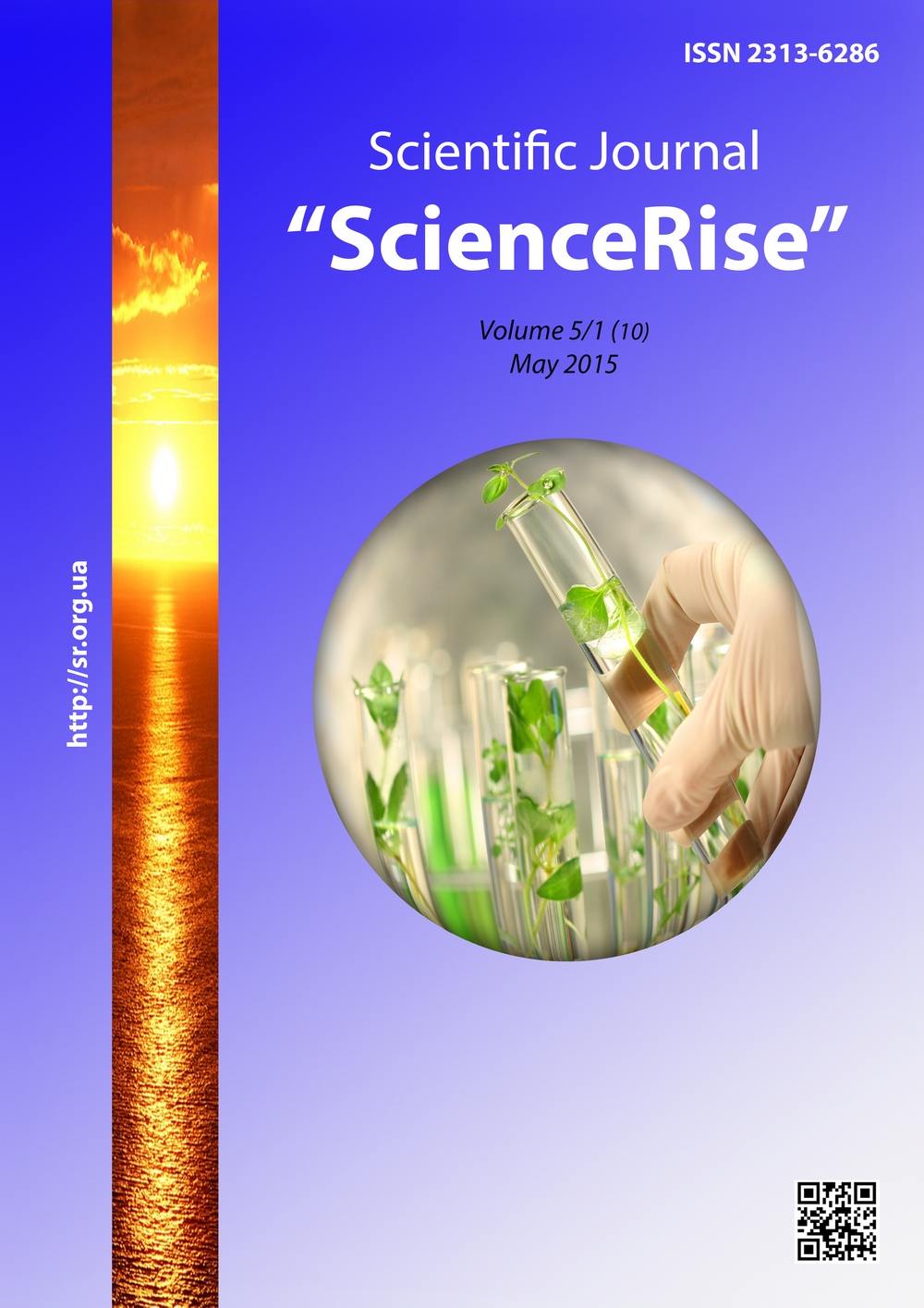Динаміка навчання научній освіті в мінливих умовах
DOI:
https://doi.org/10.15587/2313-8416.2015.42797Ключові слова:
розробка навчальних програм, шкільна наука, наука, технологія та математика (НТМ)Анотація
Протягом останніх декількох десятиліть були виділені ресурси в багатьох частинах світу для розробки навчальних програм в шкільній науці, які були спрямовані більш для потреб вчених, які можуть сприяти національному розвитку. У світлі цього багато країн, що розвиваються, звертають увагу на освіту своїх громадян з науки, технології та математики (НТМ). Це було відображене у Нігерійський національній політиці освіти, що рекомендувала коефіцієнт охоплення 60:40 на користь НТМ і пов'язаних з ними курсів у вищих навчальних закладах (Федеративна Республіка Нігерія, 2004). Це є необхідним для того, щоб підвищити наш розвиток робочої сили і дослідження цих професій. Роль НTM у розвитку нації не може бути переоцінена, тому що це дуже важливо для вирішення проблем країни. НТМ є базою для загального розвитку нації, інструментом для впорядкованої та етичної поведінки громадян
Посилання
Amusan, O. O. C. (1992). Hints On the Teaching of Carbon Compounds of the Senior Secondary School Level. Journal of Science Teachers Association of Nigeria, 27 (2), 98–103.
Gallton, A., Jaihall; Brandt, R. E. (Ed.) (2000). Curriculum for the New Millennium. Educational in a New Era, U.S.A. Association for Supervision and Curriculum Development, 97–121.
Gobel, D. L., Samuel, K. U, Helgesons, Novak, J., Butsow, J. (1986). Research interests of secondary science teachers. Journal of Research in Science Teaching, 23 (2), 145–146. doi: 10.1002/tea.3660230206
Halah Saeed, B. A., Najah, A. A. (2010). Interdisciplinary Science and Developing Science Teaching. Conference Proceedings. 10th International Educational Technology Conference and Exhibition, Istanbul, 2.
Koleosho, A. (1991). A Strategy for Teaching the Concept of Relative Atomic Mass of an Element. Journal of Science Teachers Association of Nigeria, 27 (1), 139–142.
Nnadi, E. N. (1991). A Review of Some Uses of Computer Simulations in the Teaching of Physics Concepts at Secondary School Level. Journal of Science Teachers Association of Nigeria, 27 (X), 175–180.
Nwagbo, C. (1999). Effects of Guided Discovery and Expository Teaching Method on the Attitude towards Biology of Students of Different Levels of Scientific Literacy. Journal of Science Teachers Association of Nigeria, 34 (1&2), 43–66.
Nworgu, B. G. (2010). Research in Science Education in Nigeria: Conceptual, Methodological and Analytical Issues. Guest Lecture Delivered at the 2nd National Conference of The School of Sciences, Federal College of Education, Okene.
Osuafor, A. M. (1999). Extent of Use of Research Findings on Instructional Strategies in Science Education. Journal of Science Teachers Association of Nigeria, 34 (1&2), 107–112.
Sullivan, P., Mousley, J.(1994). Quantity Mathematics Teaching: Describing Some Key Components. Mathematics Education Research Journal, 6 (1), 4–22. doi: 10.1007/bf03217259
##submission.downloads##
Опубліковано
Номер
Розділ
Ліцензія
Авторське право (c) 2015 Jacinta A. Opara

Ця робота ліцензується відповідно до Creative Commons Attribution 4.0 International License.
Наше видання використовує положення про авторські права Creative Commons CC BY для журналів відкритого доступу.
Автори, які публікуються у цьому журналі, погоджуються з наступними умовами:
1. Автори залишають за собою право на авторство своєї роботи та передають журналу право першої публікації цієї роботи на умовах ліцензії Creative Commons CC BY, котра дозволяє іншим особам вільно розповсюджувати опубліковану роботу з обов'язковим посиланням на авторів оригінальної роботи та першу публікацію роботи у цьому журналі.
2. Автори мають право укладати самостійні додаткові угоди щодо неексклюзивного розповсюдження роботи у тому вигляді, в якому вона була опублікована цим журналом (наприклад, розміщувати роботу в електронному сховищі установи або публікувати у складі монографії), за умови збереження посилання на першу публікацію роботи у цьому журналі.

